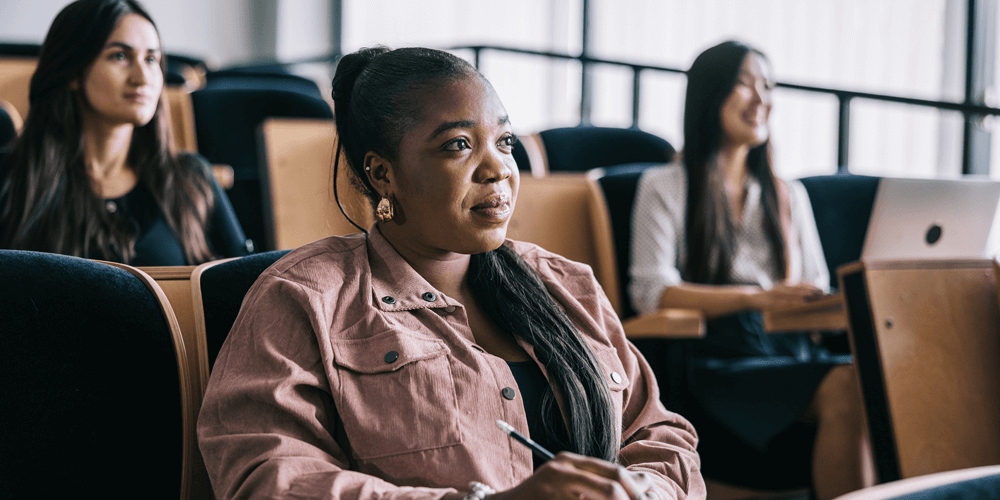By Clive Belfield, Davis Jenkins, and John Fink
Dual enrollment of high school students in college courses has grown in popularity as a way to get a jump on college. Community colleges, which have long offered the majority of dual enrollment courses, have responded by expanding offerings. Between fall 2011 and fall 2021, the number of high school students taking courses through community colleges nearly doubled, increasing by some 510,000, even as enrollment by post-high school students dropped by over 2.3 million. Dual enrollment students now account for nearly one in five community college students nationally.
Community colleges in many states and localities offer dual enrollment courses at a lower tuition rate than is paid by post-high school students. In some cases, they are required to do so by state policy; in others, they do so to expand access for low-income families or to compete with other providers. But—as dual enrollment students have come to comprise a larger share of community college enrollments—can colleges afford to continue offering these courses at a discount?
In a new CCRC working paper, we examine the economics of offering dual enrollment for an “average” community college using actual cost data from the Integrated Postsecondary Education Data System (IPEDS). The cost of dual enrollment varies depending on the mode of instruction. Generally, teaching dual enrollment with college faculty on the college campus, online, or in high schools is more expensive than if the courses are taught by qualified high school teachers at the high school. Dual enrollment also involves other costs over and above serving regular college students; colleges have to manage agreements with school districts and many hire additional staff to coordinate dual enrollment programs and advise dual enrollment students.
How dual enrollment is funded varies greatly across and within states. Even when colleges offer dual enrollment tuition-free or at a discounted rate, they typically generate revenue through state enrollment subsidies, performance funding (in states that have it), and grants. But our analysis finds that, compared to the cost of serving regular students, colleges that offer dual enrollment at a discount lose money regardless of the instructional mode. For a typical community college we estimate that revenues cover only 72%–85% of the costs. If 10% of students at a college are enrolled in dual enrollment, this suggests that the net loss for the college is between 1.5% to 2.8% of its total budget.
But colleges can break even if they are able to increase the efficiency of dual enrollment offerings. We found three main ways to increase efficiency:
- Economies of scale: With increases in the number of students enrolled in dual enrollment, the average cost of implementing and providing it falls.
- Student success: Dual enrollment students have relatively high success rates, so in states that have performance funding and include dual enrollment students in their performance calculations, dual enrollment students bring in extra revenue.
- Yield surplus: Dual enrollment can motivate more students to attend community college and pursue community college credentials after high school, thus generating revenue for colleges downstream.
To illustrate how the economics of dual enrollment plays out in different policy contexts, the paper includes case studies based on interviews with senior personnel at three community colleges in three states where colleges offer dual enrollment at a discount.
The leaders of the case study colleges have all responded to pressure from students and families to offer dual enrollment courses by creating efficiencies. They have expanded dual enrollment programs to reap economies of scale and generate performance funding. Moreover, they have all taken steps to work with high school partners to expand access to dual enrollment for students from underserved groups and to motivate and support them to enroll in their programs after high school.
Many community colleges across the country have already expanded the enrollment of high school students substantially and thus have capitalized on economies of scale. These colleges should turn their attention on finding ways to increase yield surplus—the rate at which students enroll in their programs after high school—particularly among students who might not otherwise go to college. How colleges can do this is the focus of CCRC’s ongoing research in partnership with state higher education agencies in multiple states aimed at scaling up an approach we call dual enrollment equity pathways or DEEP.





